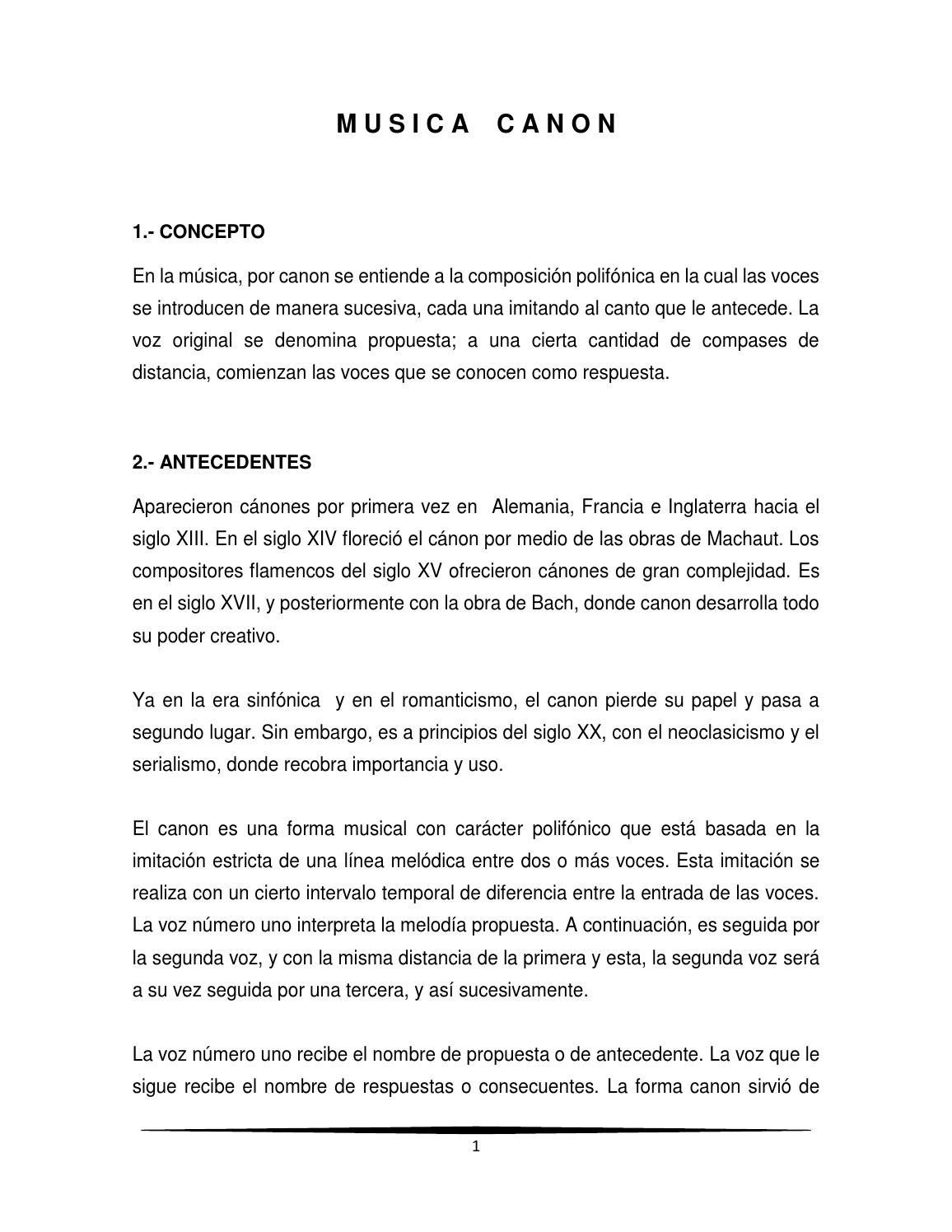
.jpg)

When the snow lay round about, deep and crisp and even īrightly shone the moon that night, tho' the frost was cruel, Good King Wenceslas looked out, on the Feast of Stephen, La música, en cambio, se basa en una canción primaveral del siglo XIII, Tempus adest floridum ( Se acerca el tiempo de floración), recogida por primera vez en 1582 en la colección musical finlandesa Piae Cantiones.

En el nonbre del Padre,-que fizo toda cosa,E de don Jhesu Christo,-Fijo dela Gloriosa,Et del Spiritu Sancto,-que egual dellos posa,De un confessor sancto-quiero fer vna prosa.(Gonzalo de Berceo)The old Alexandrine fell before the rising popularity ofthe arte mayor verse early in the fifteenth century.La letra fue compuesta en 1853 por el inglés John Mason Neale en colaboración con su editor musical Thomas Helmore. Generally theinner accent falls on the sixth syllable approximately twiceas often as on the fourth. It is not divided into hemistichs as were itspredecessors, the 14-syllable Alexandrine and the 12-syllablearte mayor verse but it consists of two phrases and theposition of the inner rhythmic accent is usually variable.lxiiiA well constructed line of this type has a rhythmic accenton the sixth syllable, or a rhythmic accent on the fourthsyllable (usually with syllabic stress on the eighth), besidethe necessary accent in the tenth position. A striking peculiarity of the line is itsflexibility.

This 11-syllable line, thoughof foreign origin, has held the boards as the chief eruditemeasure in Spanish verse for four centuries, and taken allin all it is the noblest metrical form for serious poems inmodern Spanish. Rolli) Footnote 30: Note the example of hiatus in this older Spanish.Next to the popular 8-syllable line the most importantmeasure in modern Spanish verse is that of eleven syllables,with binary movement, which came to Spain from Italy inthe fifteenth century, and was generally accepted by thewriters of the Siglo de Oro. Sai tu dirme, o fanciullino,In qual pasco gita siaLa vezzosa Egeria miaCh'io pur cerco dal mattino?(Paolo A.


 0 kommentar(er)
0 kommentar(er)
